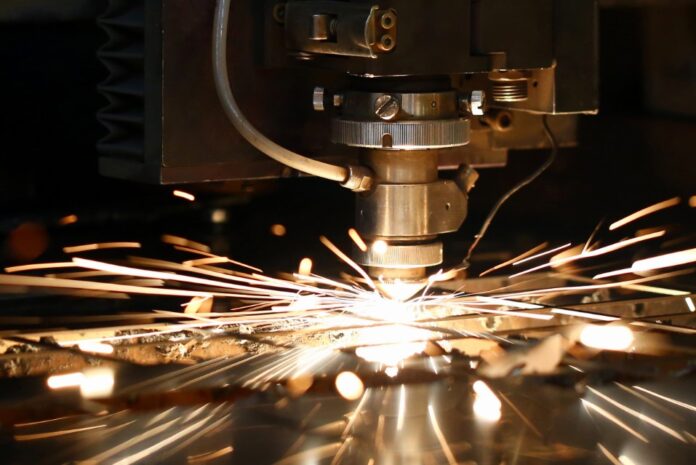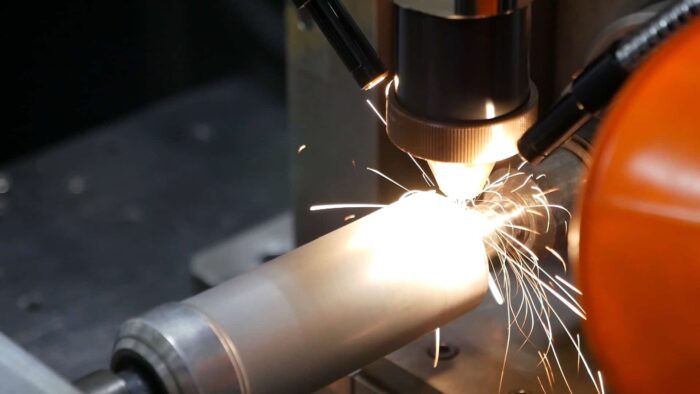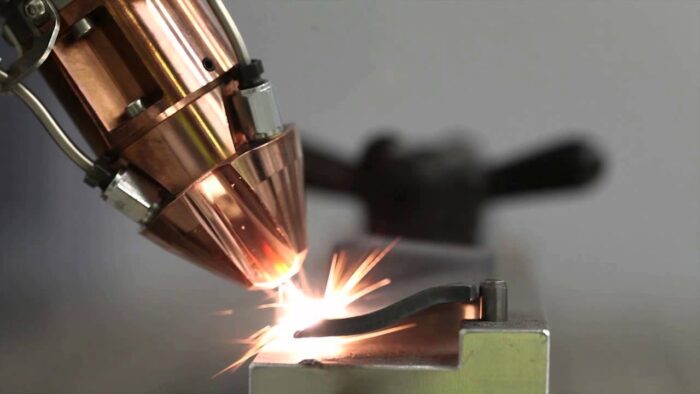
Laser welding refers to a precise process involving fusing metal parts through laser light. The process has found many applications across various industries, especially when it comes to the automation of small components.
According to Micro Weld, Inc. experts, this is more helpful in the electronics, aerospace, and automotive sectors, where efficiency and precision are the greatest driving aspects.
How It Works
In this process, a beam of laser light is focused to a point, normally just below the metal’s surface, that should be welded. This causes the metals to heat and melt.
When metals reach the liquid state, they combine to connect when they cool. Laser beam usually has a high-power density that produces HAZ or heat-affected and small zones.
Applications
With endless laser integrations, the technology involved in laser welding is adaptable and versatile. This makes the technology very effective in various industries, allowing quality welds of large and small workpieces.
The unique elements that come with laser welding also give it an added advantage over other types of welding, which users can exploit in the following ways:
- Medical devices ─ No contact and medical laser welding ensure hygiene when welding different medical devices.
- High-value items and jewelry welding ─ The negligible heating effects and precise controllability makes laser welding a perfect option for welding high-precision and value parts, such as precision metal.
- Precision parts ─ Lasers are great for welding delicate and fine components of metal and generating minimal stress, thanks to little heat input.

4 Benefits of Using Laser Welding
Laser welding comes with many benefits. Recent advancements make this welding a perfect solution for many manufacturing requirements. Some of the benefits that come with it include:
1. Little Heat Input
Laser welding minimizes improper alterations to metal components. This means less heat often transfers to the surrounding metals, thus, leading to less distortion at the seam of the weld.
2. Flexibility and Speed
Laser welding is a fast technique. Based on the power and type of laser used, you can weld thin section materials at a speed of many meters in one minute.
Hence, lasers are suited to work in highly automated environments. Productivity gains will also be made for a thicker section since the laser keyhole welding process may complete joints in just one pass that would otherwise need many passes through other techniques.
3. Versatility
Laser welding is a very versatile process. Different setups of laser may weld almost everything and anything, including precision metals for jewelry, thick steel plates for the shipping sector, copper contacts on EV batteries, and dissimilar metals, such as steel and aluminum. There have also been some successful attempts to weld ceramics, one of the hardest materials to weld.
4. Precision
Laser welding is very accurate. The beams of laser light can easily be controlled to weld tiny parts without destroying them. If used with 3D vision systems, welding accuracy will increase even in multi-pass and high-volume applications.

The Takeaway
Laser welding remains a very impressive technology, which provides many benefits for every manufacturer looking to reduce costs and increase efficiency when joining together two different components of metals. Although cons are linked to this process, they can easily be overweighed by the benefits of using laser welding.








